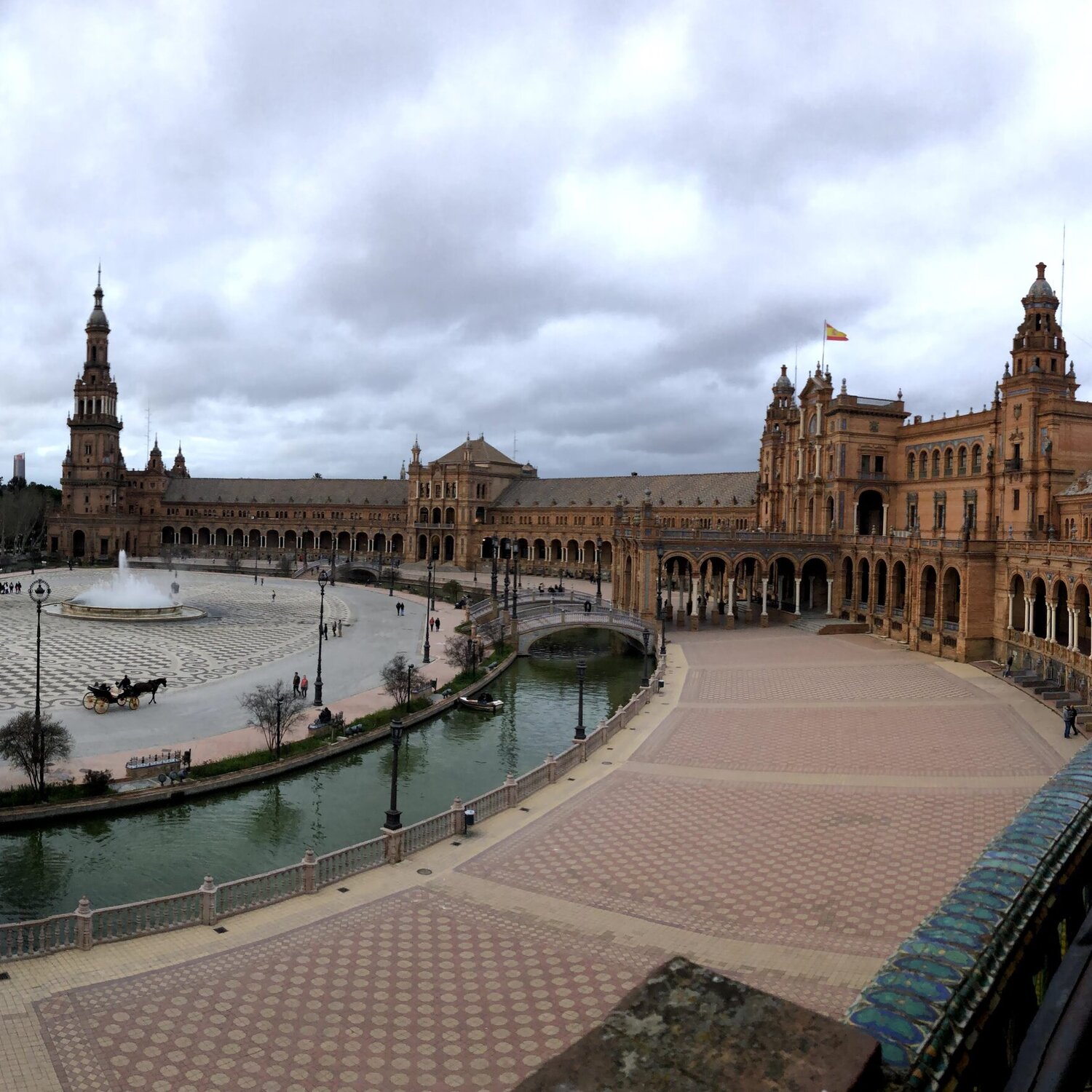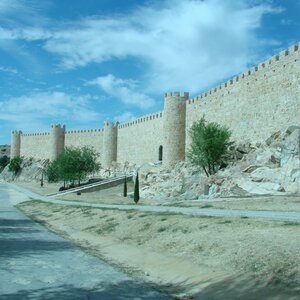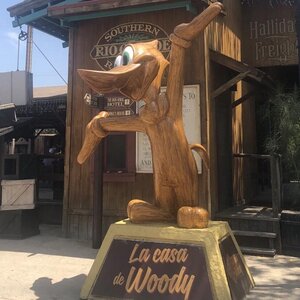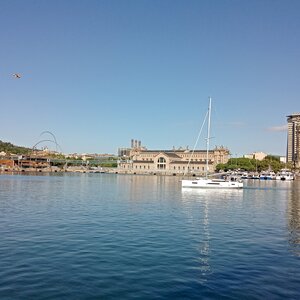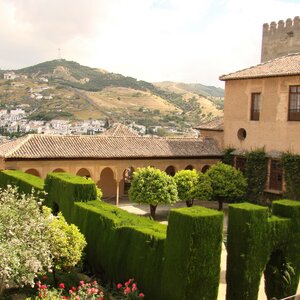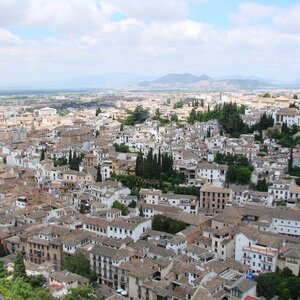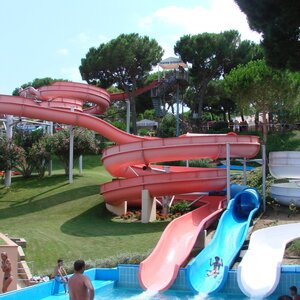Weather and climate in Seville
Seville is one of the hottest cities in Spain. In July and August, the temperature stays around 40 ℃. Because of the heat, from which you can not hide and because of which it is impossible to spend the daylight hours in the city, Seville is nicknamed «Spanish frying pan». The townspeople have learned to live with this climate, but for tourists it is a problem: it is impossible to stay outdoors during such hours. During the day, air-conditioned bars and stores save you from the heat, and only towards sunset does the city fill up with people.
The most touristy times in Seville are April-May and September-October:
- From June to September, the temperature stays between 30—36℃, and it rains only 1—2 days a month. The air is dry and hot.
- In May and October, it is about 26℃ and 3—5 rainy days. You can sunbathe and walk. You don’t need a jacket anymore.
- March, April and November are the easiest months to walk around the city: the average temperature is around 20℃ and there are 3—6 rainy days per month. People walk here in t-shirts during the day and take out light jackets in the evening. Britons wear shorts and sandals at 20 ℃, but by evening, when the temperature drops to 8 ℃, even they are noticeably cold.
- In December, January and February, it rains about once every 5 days and the temperature is about 16—18℃.

The weather can vary slightly from year to year, for example, in February 2020 the temperature rose to 26 ℃, and there have been summer months in the history of Seville with temperatures around 20 ℃. The maximum temperature that meteorologists have recorded in the city in the history of observations — 45 ℃.
In the off-season, the weather can change rapidly: sunny and clear in the morning, windy in the evening, and rain at night. During a week in Seville at the end of February and beginning of March, I got sunburned and rained on twice.
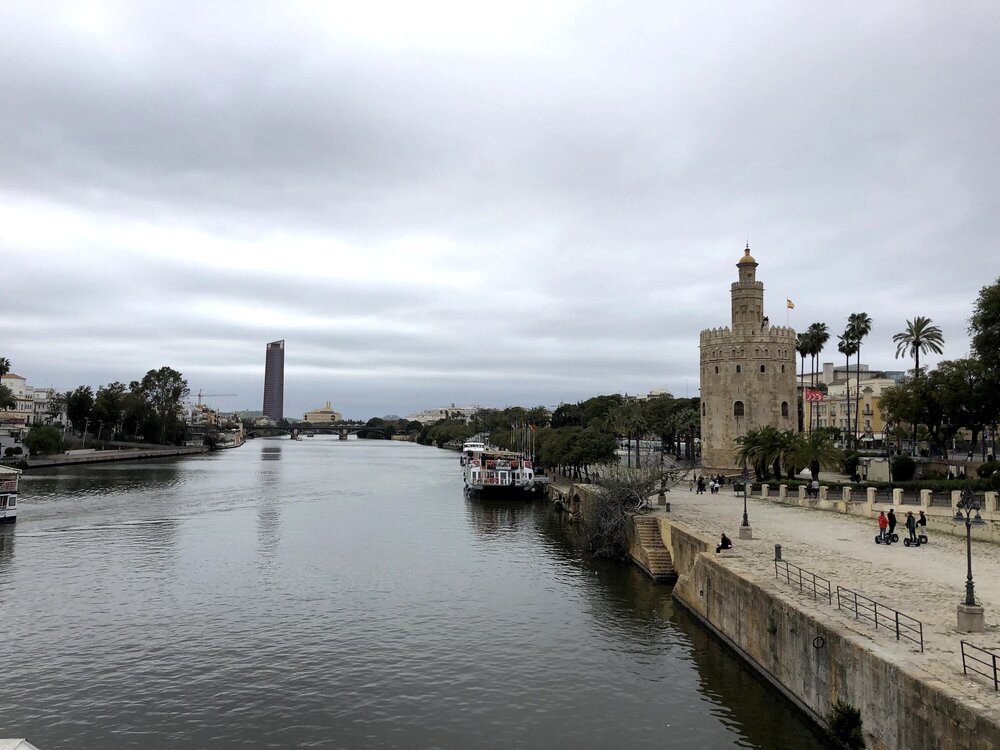
Daily and weekly schedule
The whole life of the city is adjusted to this climate.
- All organizations, stores and stalls are open in the morning. The easiest places to eat breakfast or snack at this time are bakeries and pastry shops. Small bars are also open, but even in them locals drink mostly coffee in the morning.
- Tapas bars and restaurants open at 12:00. From then until 15:00, most organizations and small private stores close: their employees move to the open establishments. A glass of sherry and one or two tapas is all you need for lunch.
- At 15:00—16:00 local establishments close, stores reopen and work until 19:00—20:00. The only places to eat between 16:00 and 20:00 are tourist places and a few good tapas bars, which for some reason are open even at this time.
- At 20:00—20:30 the tapas bars reopen. Until 22:00 they are literally buzzing, and then they quiet down a bit, and by midnight most of them are closed.

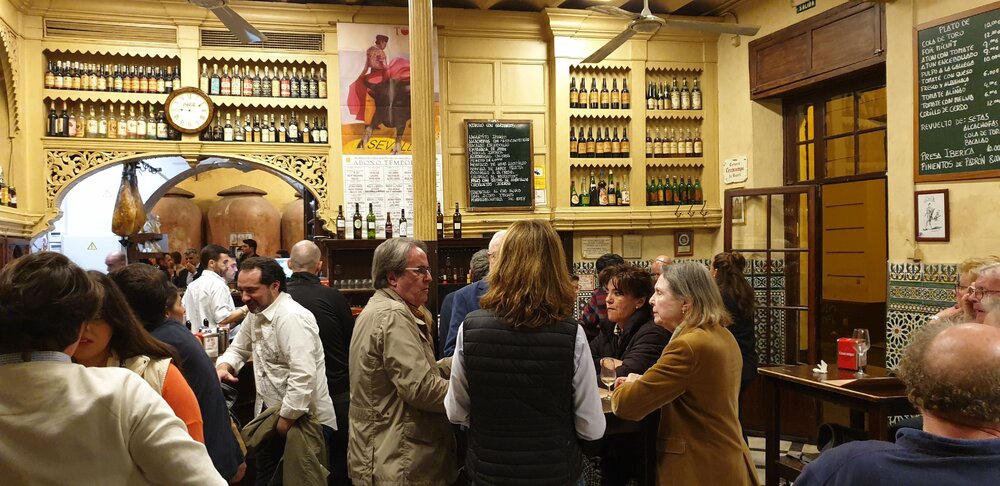
Most stores close during the day for siesta, which lasts on average from 2pm to 5pm. Only large shopping centers like El Corte Inglés can afford to be open all day.
Most stores and good authentic establishments are closed on Sunday. Even the El Corte Ingles shopping chain is not open. Many bars «for locals» do not open until Tuesday.
However, in Seville too, tourism has influenced the rhythm of life in the city: many good places that became popular with tourists thanks to bloggers and Tripadvisor reviews have adapted to the new reality and are ready to feed a hungry traveler even on Sunday. Buying a bottle of water in the center is no problem either: almost all Carefour supermarkets and small stores — alimentacion — are open.
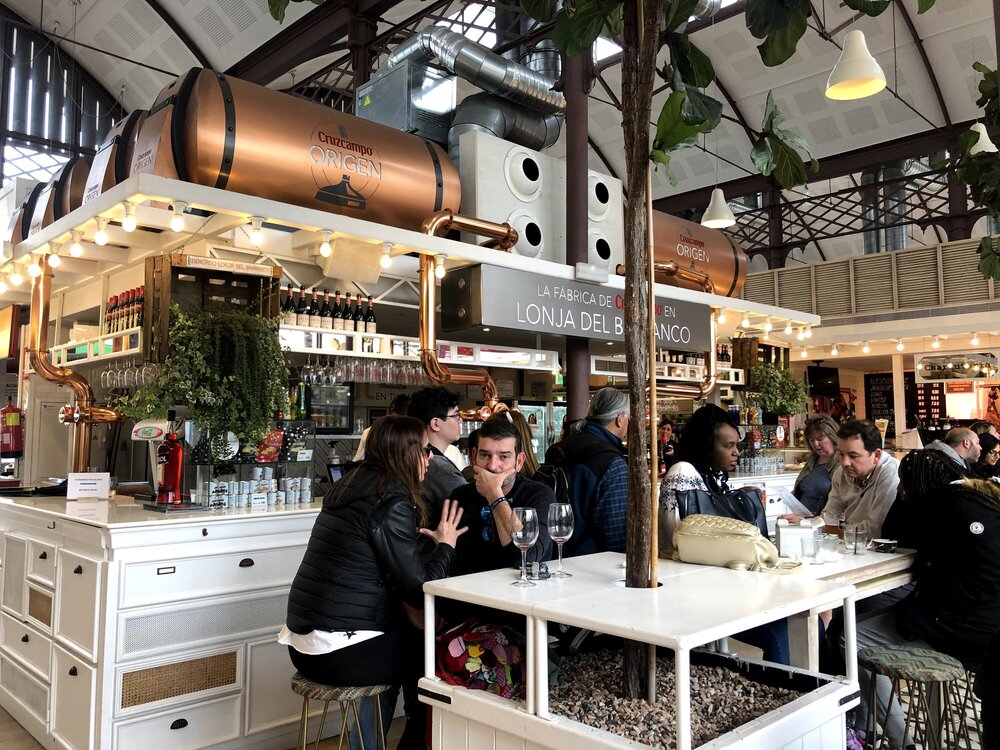
Holidays in Seville
Andalucía seems to be constantly celebrating something. There are several public holidays throughout the year when everything is closed, and two periods when Spaniards tend to go on vacation — Semana Santa and the second half of August. During these weeks, Seville is empty, with many establishments and private stores closed.
Several local festivals become vibrant tourist events and attract tens of thousands of visitors. These include the Cádiz Carnival, Semana Santa (Easter Week), the Seville Fair and Corpus Christi.
Carnival in Cadiz
Crazy and satirical, the Carnival of Cádiz is the most massive carnival in Spain after the one in Gran Canaria. Not even Franco could ban it. It has been held in Cádiz since the 16th century, when the port city had strong trade ties with Venice, and therefore resembles the Venetian carnival in many ways.
The carnival is timed to coincide with the beginning of Lent, so it takes place at the end of February and the beginning of March. Carnival dates become known several months in advance, and the exact program is published very late: one or two weeks in advance. Despite the absence of a program until the last moment, hotel rooms are rapidly running out as soon as the Carnival dates are announced: regular visitors know the annual schedule of the holiday and know when to go.
Carnival consists of performances by (mostly satirical) singers and street festivities. The pufflets on topical subjects mock situations and characters — local celebrities, the church, the government — everything that’s been in the news recently, so it’s very funny to locals but not always understandable to tourists. The main venue for the song contest is the Gran Teatro de Falla theater, and after the performances in the theater, groups of singers perform their couplets in the town squares and streets. These groups and their satirical couplets are the main «feature» of Cádiz Carnival. Street flamenco, samba, clowning, puppet shows, comic performances — the whole city becomes one big stage for 10 days.
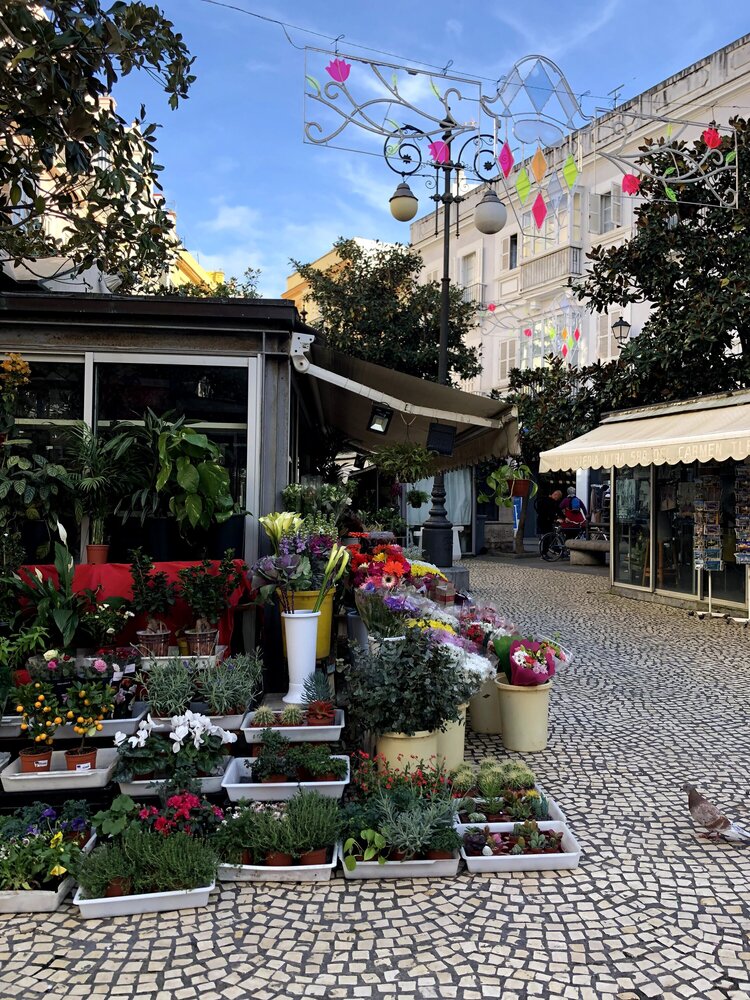
Of the street events, the most important take place over two weekends: tourists flock to Cadiz on Saturday and leave on Sunday. The first Saturday is the official opening of Carnival and the next day, the first Sunday, the Gran Cabalgata (Grand Parade) takes place around 17:00. The second weekend of Carnival is the humorous Cabalgata del Humor (Comedy Parade) and the solemn ceremonial «burning of the sardine» — this is how, humorously, Spaniards say goodbye to meat for the period of Lent. Each weekend ends with a fireworks display.
The carnival begins on the trains and buses on the way to Cadiz: dressed up people in carnival costumes arrive in Cadiz already well warmed up. Many of them do not go to bed, and in the morning with the first flights disperse to neighboring towns, to return to Cadiz again on Sunday evening. Even tourists should come to the carnival dressed up to avoid looking like a white crow.
During the carnival there are three special gastro events: Pestiñada (fried pastry festival), Ostionada (oyster party) and Erizada (sea urchin party). Their dates should be specified in the program.
During a pandemic, the carnival is moved to other months. For example, in 2022 it was moved from February to June.
The main locations of the carnival:
- Gran Teatro Falla is the official singing competition.
- Barrio de La Viña — where to listen to the verse on the street.
- Plaza del Catedral, La Plaza de la Flores and Plaza del Mercado — carousels, entertainment and street performers.
- Plaza San Juan de Dios — daily fireworks.
- Calle Ancha and Calle Columel (main shopping streets) — this is where the «illegals» — singers out of competition — perform their couplets.
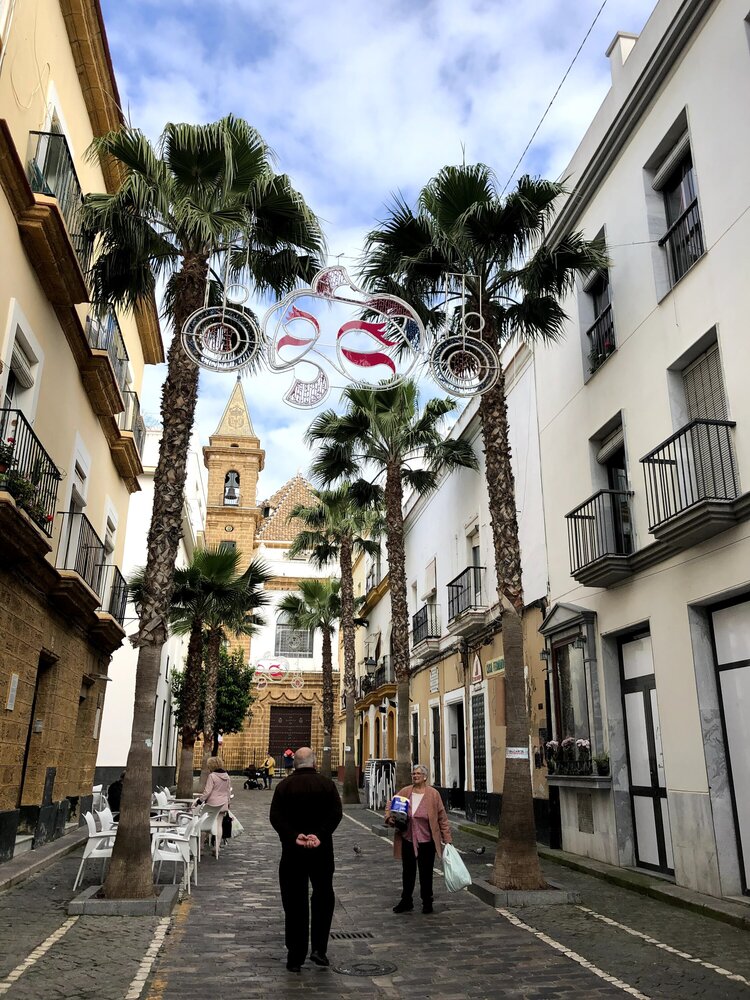
Easter and Semana Santa in Seville (Semana Santa)
For ultra-religious Spain, the week before Easter (called «Holy Week», from the word «passion», i.e. suffering) is one of the most important weeks of the year, and the country celebrates Holy Week most vividly in Andalusia, especially in Seville. People from all over the country flock here to participate or at least watch the most colorful processions from the sidelines.
The tradition dates back to the sixteenth century: religious fraternities carry heavy wagons with statues of Christ and Mary through the city for a week, decorated in a royal and very impressive way. The routes and dates of the procession are different for each fraternity, but they all pass through the cathedral. The main celebrations are at the end of the week, starting on Thursday, when local women dress in all black and tourists are expected to show respect, which is shown by not wearing shorts on this day at least.
Read more: How Semana Santa in Seville is held
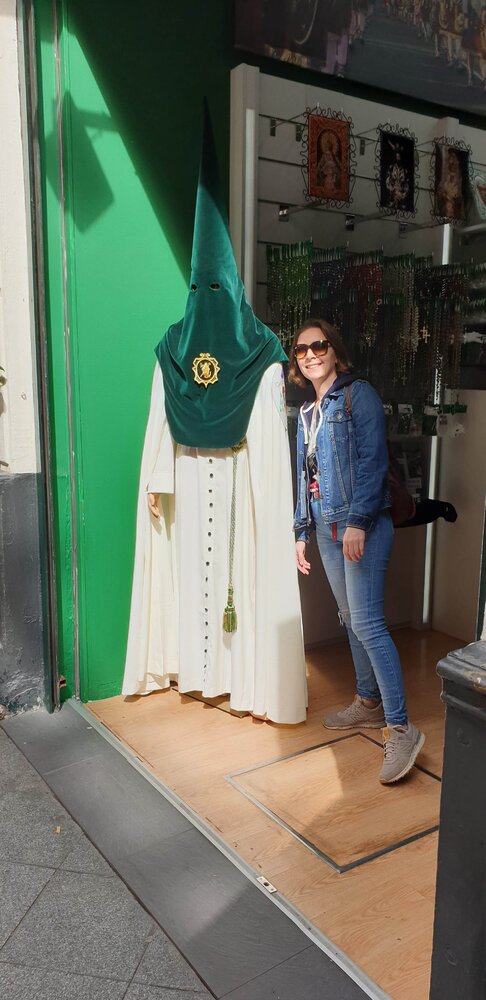
Seville Fair (Feria de Abril)
The next time hotel prices in Seville skyrocket is during the annual April Fair, which takes place two weeks after Easter. While Holy Week is a mixture of mourning and joy, the Fair is an extravaganza of joy, when rebujito pours uncontrollably and folk costumes must be worn.
The dates of the festival are tied to Easter, so each year is different. Usually the fair falls in April or May.
Read more: How the Seville Fair goes

Feast of the Blood and Body of Christ (Corpus Christi)
Another authentic local feast is Corpus Christi, or the Feast of the Eucharist — the conversion of bread and wine into the body and blood of Christ. It is celebrated only by the Catholic Church, and is most colorful in Seville.
The traditions of Corpus Christi, as well as Semana Santa, date back to the XV or XVI century, when the Eucharist was celebrated here in large solemn processions, the third most important feast in Catholic tradition after Christmas and Easter. The whole city glows with festive lights, and citizens decorate their balconies and windows and install mini altars.
The main feast day falls on Thursday, the 60th day after Easter. The morning begins with a festive mass in the cathedral (and a chance to get in for free where in normal times there is only paid admission), followed by a solemn procession of about 4 hours through the streets of the city — with dancing, songs and magnificent carriages. Detailed description of the event (in Spanish)
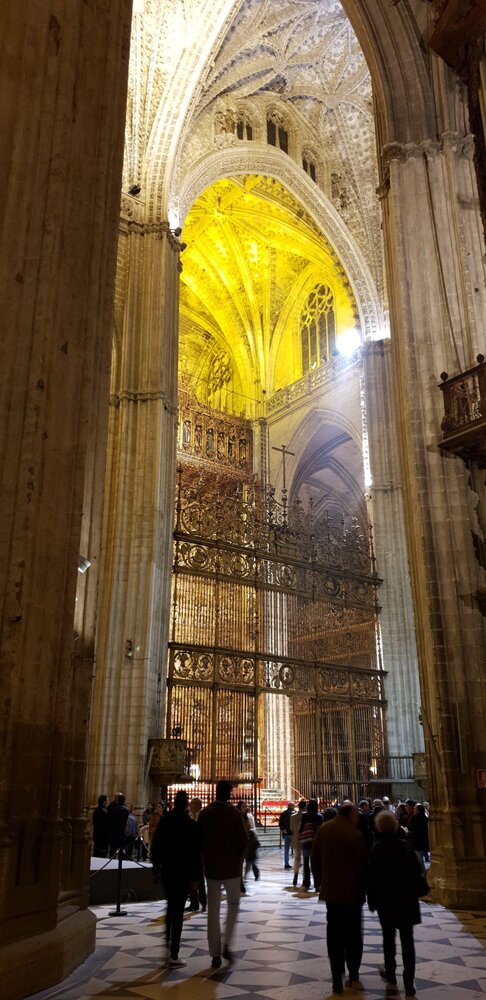
Weekends in Andalusia
The list of 14 days is a public weekend, when stores, museums and many restaurants are closed. However, even on public holidays, some museums may be open, so check their official websites for opening hours.
- New Year’s Day: January 1.
- Epiphany (Day of the Three Kings): January 6.
- Andalusia Day: February 28.
- Holy Thursday: April 9, 2020 (date changes each year).
- Good Friday: April 10, 2020 (date changes each year).
- Seville Fair: two weeks after Easter (dates change every year).
- International Workers' Day: May 1.
- St. Ferdinand’s Day: May 30.
- Dormition of the Theotokos: August 15.
- Columbus Day: October 12.
- All Saints' Day: November 1.
- Spanish Constitution Day: December 6.
- Immaculate Conception Day: December 8.
- Christmas: December 25.
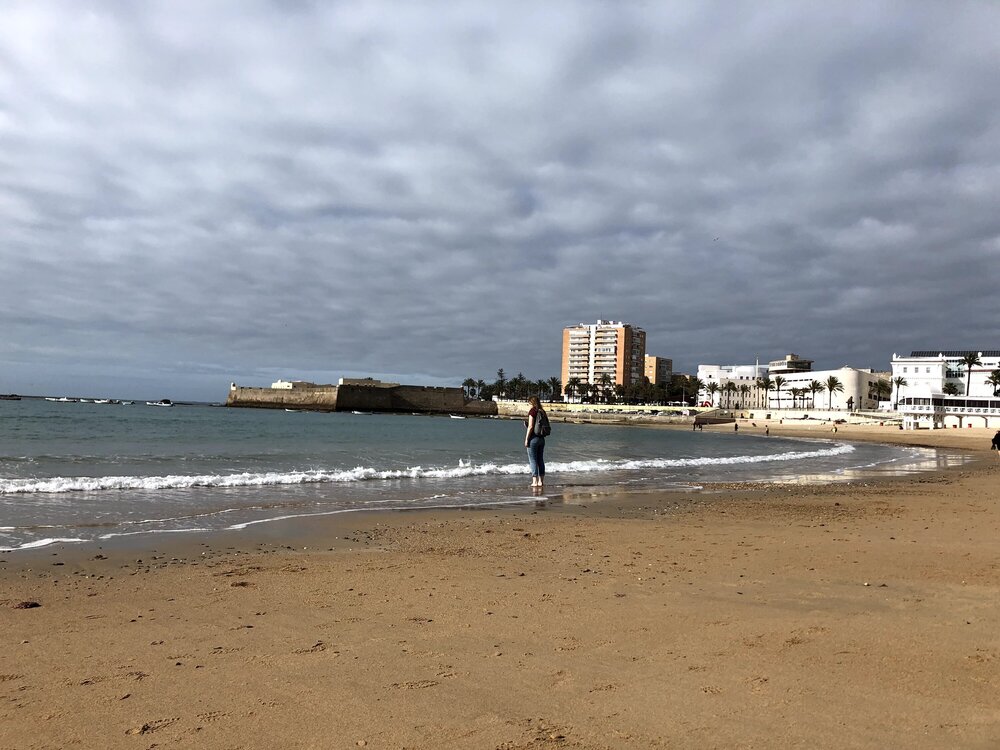
When is the best time to travel to Seville?
The best time to travel to Andalusia is spring and early summer. At this time it is already very warm, but not too hot yet. From February to June there are colorful festivals that have no analogues. However, this is the time when the city has the most tourists.
The same weather, but without tourists and holidays, is fall, starting in October. In December, people come to see one of the southernmost Christmas markets, which is among the top 25 in Europe. And from July to September, only those who are not afraid of the «red-hot frying pan» visit the city soaked in heat.

